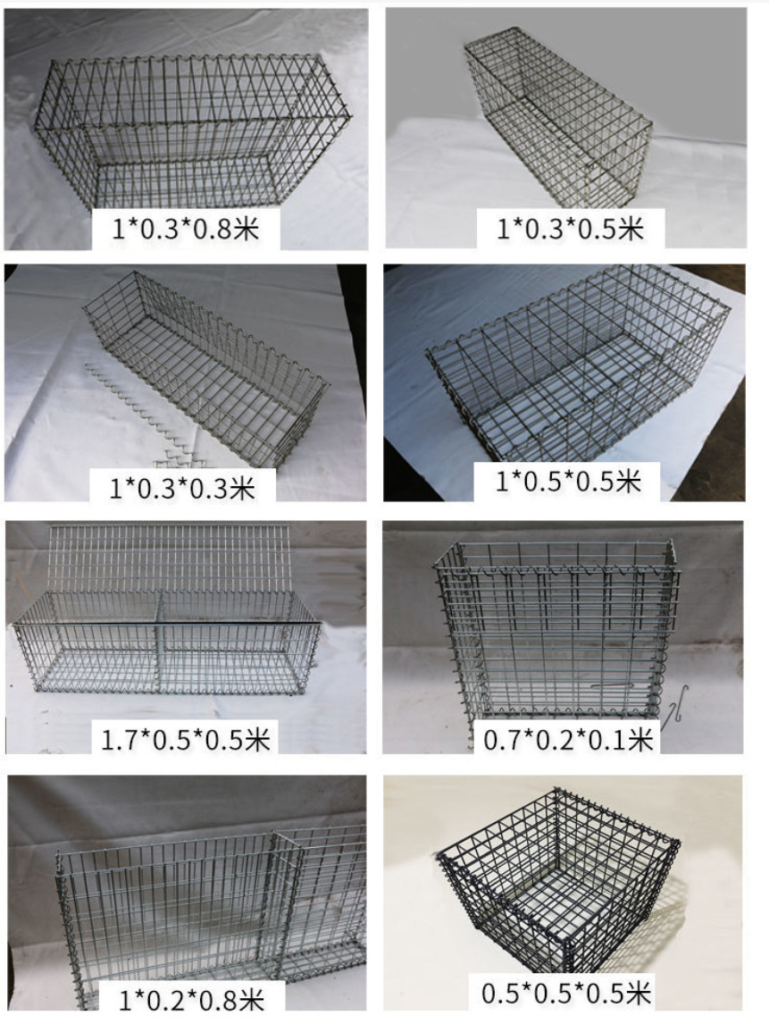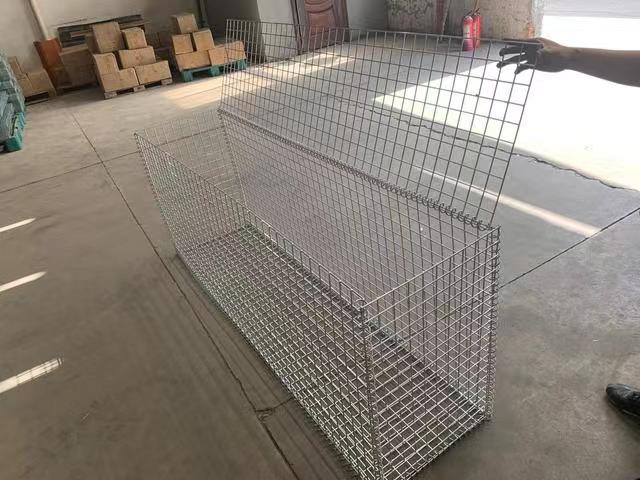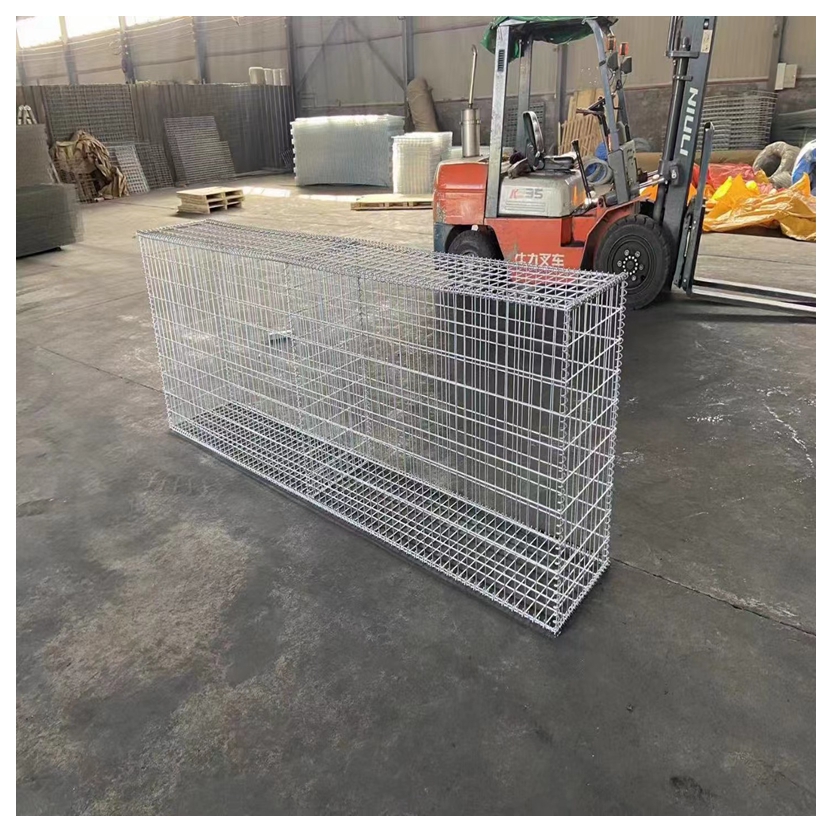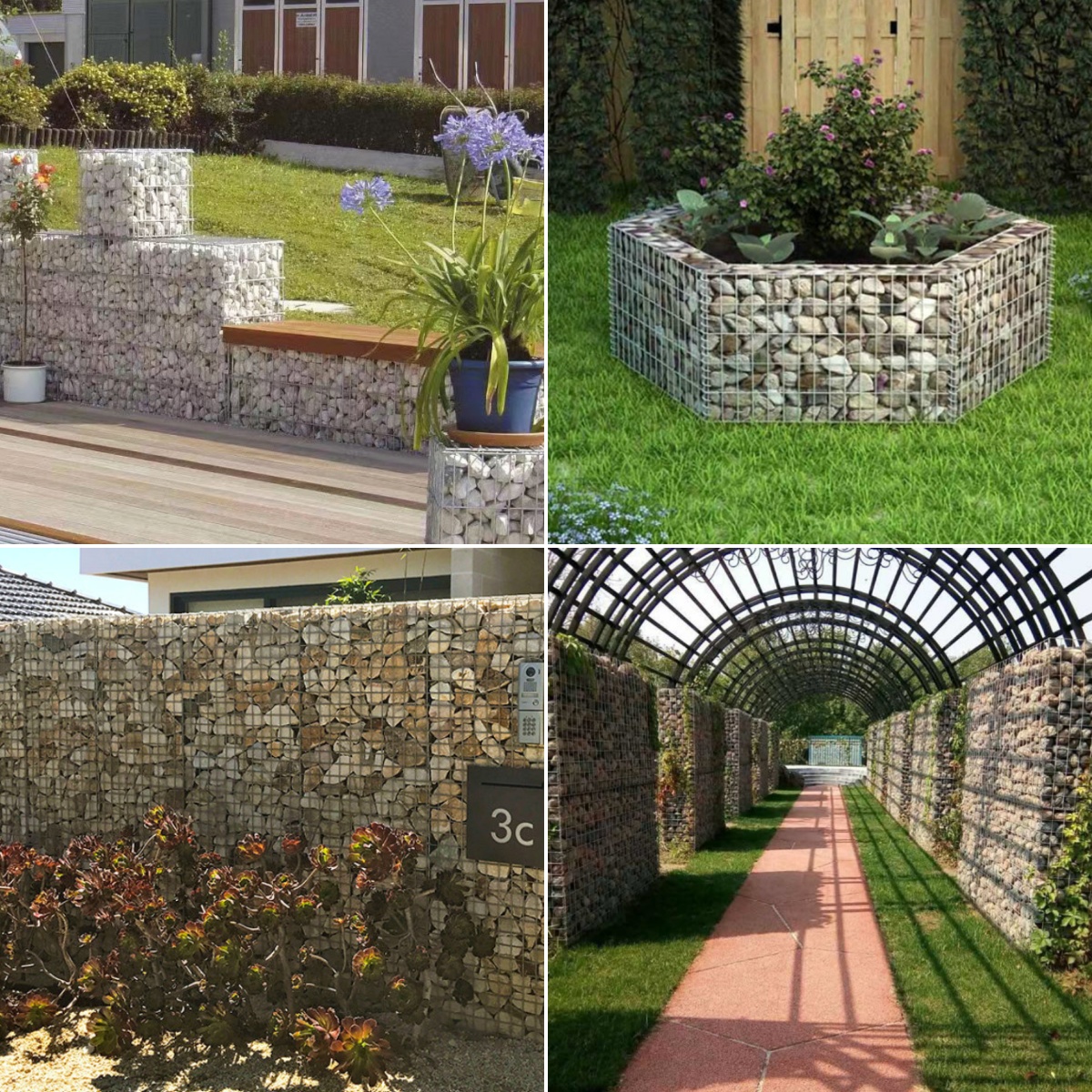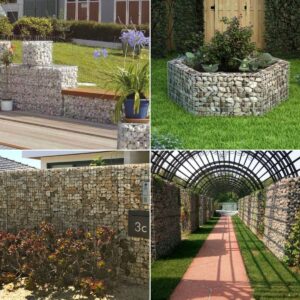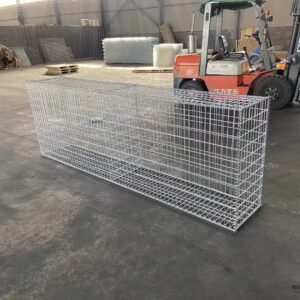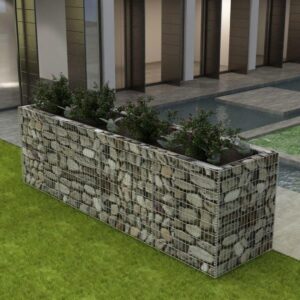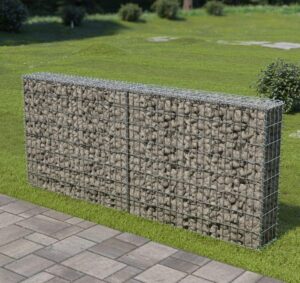Gabions have become widely used in civil engineering and landscaping as adaptable solutions for a range of construction requirements. These wire mesh containers filled with stones or other materials can be used as decorative elements or as retaining walls. They offer a special combination of strength, usefulness, and visual appeal. We go into the realm of gabions in this blog post, explaining what they are, how they function, and the various ways they can improve projects for homes and businesses.
A gabion is a wire-mesh container filled with pebbles or other materials. It is usually constructed of galvanized steel.

Gabion retaining wall
What is a Gabion retaining wall
A gabion is a wire-mesh container filled with rocks or other materials. It is usually constructed of galvanized steel.
Rectangular or cylindrical baskets are the most popular sizes and shapes for these containers.
Because they may offer stability and support in a variety of settings, gabions are mostly utilized in construction for landscaping, gabion retaining walls, and erosion control.


The Anatomy of a Gabion Retaining Wall:
Gabion walls, sometimes referred to as gabion retaining walls, are constructed from gabion baskets that are placed on top of one another and joined to create a solid barrier.
Depending on the particular needs of the project, different sized stones are used to fill the baskets. This configuration permits the wall’s inherent permeability, which aids in appropriate drainage and lowers the hydrostatic pressure behind the building.
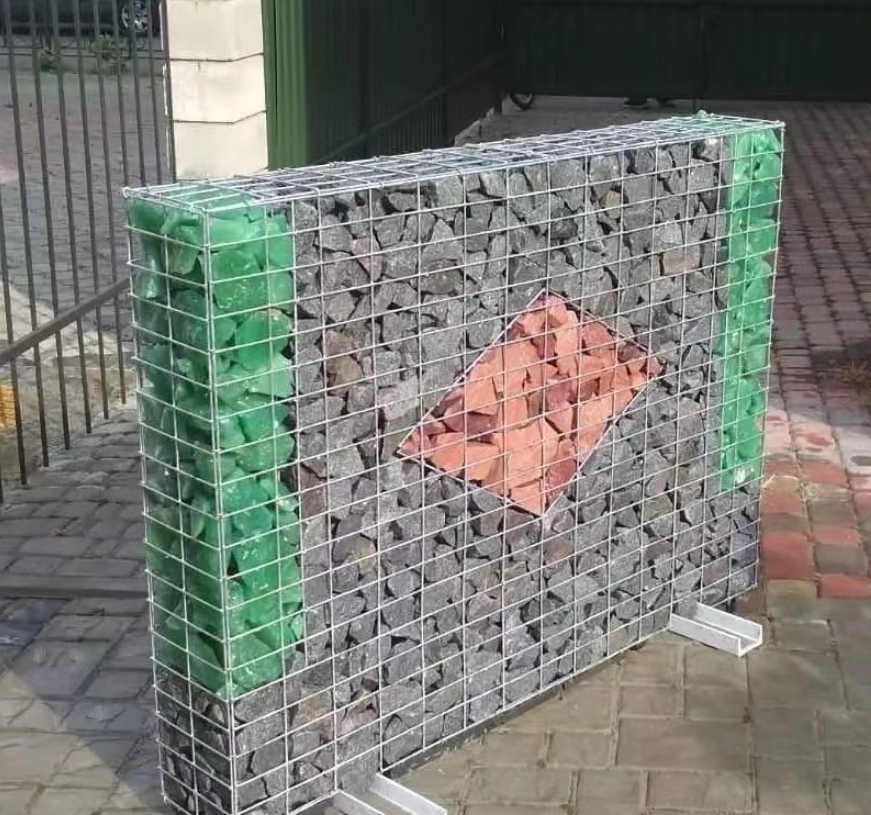
Applications of Gabion Walls:
There are several uses for gabion walls in both commercial and residential construction.They are frequently utilized in landscaping to build garden walls, terraced slopes, and ornamental elements that enliven outdoor areas visually.
Gabion retaining walls are used in civil engineering to mitigate the effects of water runoff on infrastructure, stabilize slopes, and stop soil erosion.Furthermore, gabion walls provide acoustic insulation in metropolitan settings by acting as noise barriers beside roads and railroads.

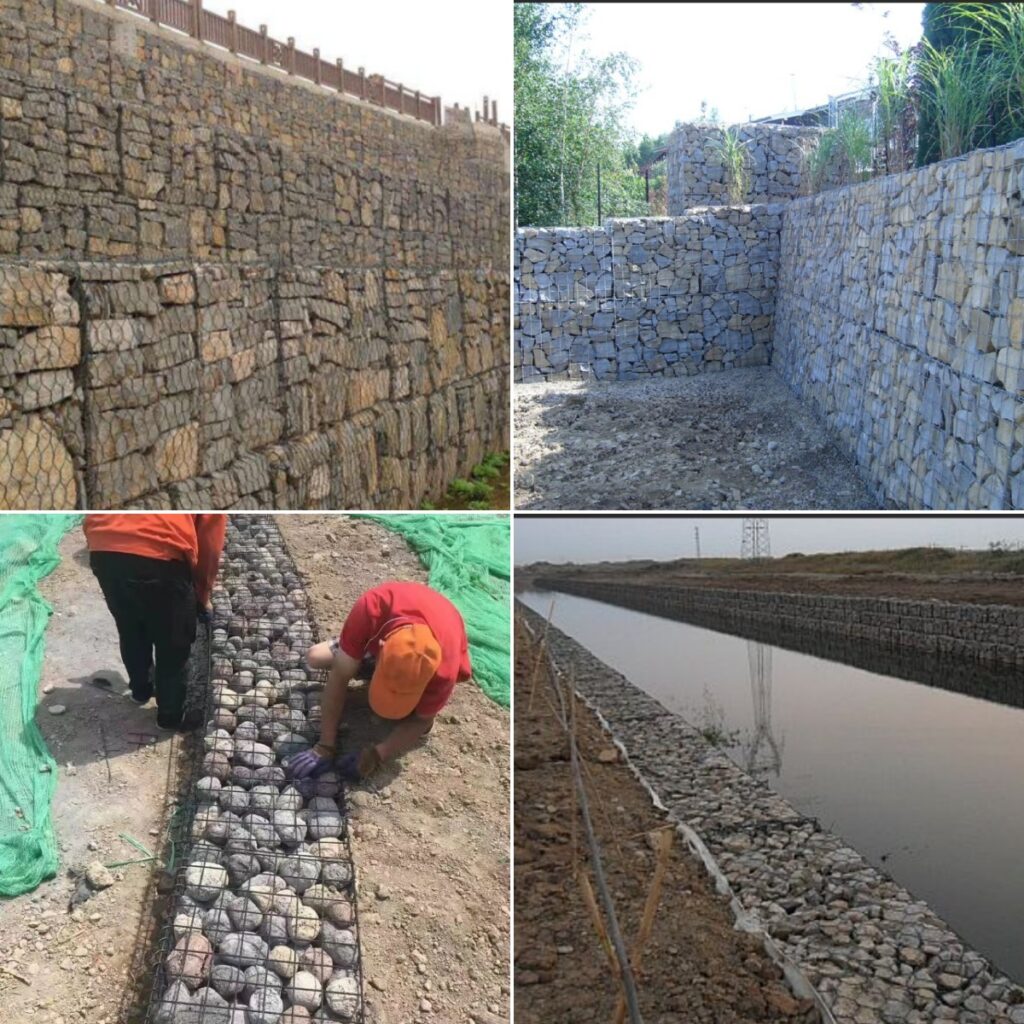
Gabion Wire Mesh Size and Type:
Typically, steel wire that has been PVC-coated or galvanized to withstand corrosion is used to make gabion wire mesh.
Depending on the size of the stones or rocks used for filling, the wire mesh panels’ mesh size, or opening size, can vary from 2 inches to 4 inches (50 mm to 100 mm) or greater.
Diameter of Wire:
Typically, gabion mesh panels have wire diameters between 0.12 and 0.36 inches (3 and 9 mm), with larger wires offering more strength and endurance.
Dimensions of the Gabion Basket:
There are several shapes and sizes of gabion baskets to choose from, such as square, cylindrical, and rectangular.
Typical dimensions for rectangular gabion baskets may range from 3 feet to 6 feet (0.9 meters to 1.8 meters) in length, 1 foot to 3 feet (0.3 meters to 0.9 meters) in width, and 1 foot to 3 feet (0.3 meters to 0.9 meters) in height.

